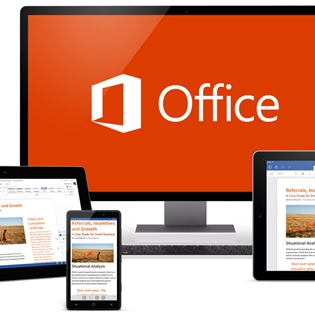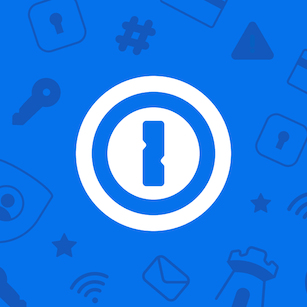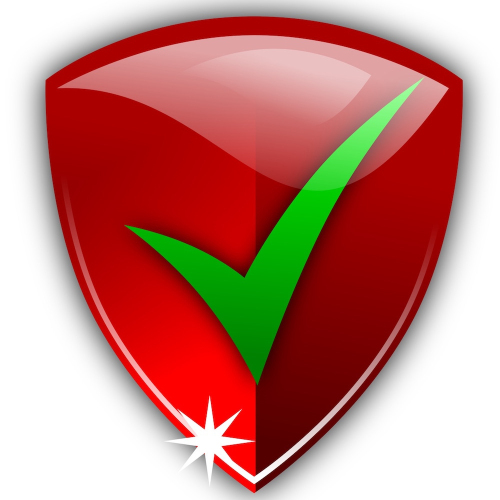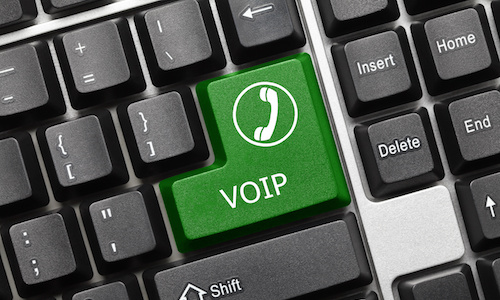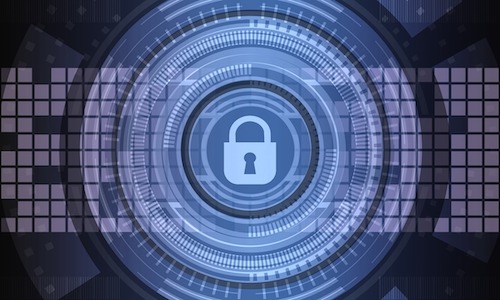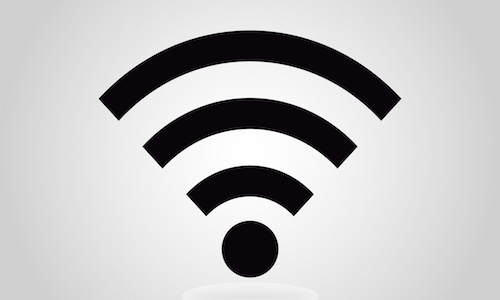Thanks so much for an amazing quick response to a cry for help!
Dealing with data breaches
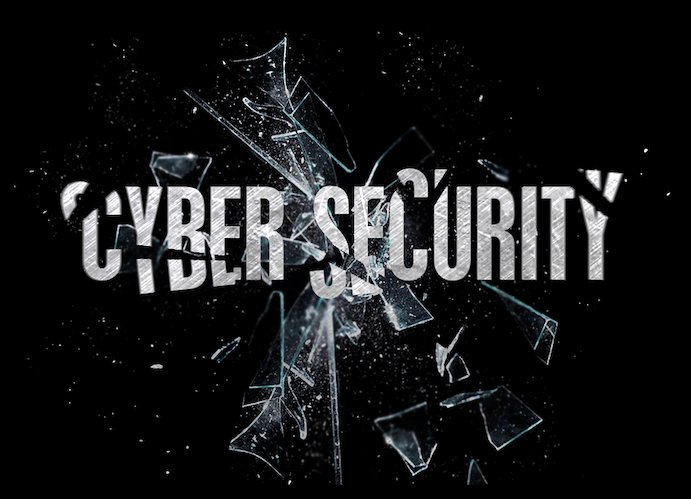
Categories:
One of the reasons that you might suddenly find yourself getting more spam email, especially spam that claims to know a password that you use, is if your email address has been included in a recent data breach. These happen quite often unfortunately and can result in some of your details being released onto the Internet. This can result in, among other things, an increase in spam emails.
If you suspect that your details have been included in a data breach, there are a couple of reputable websites that you can use to check. One of these is Firefox Monitor.
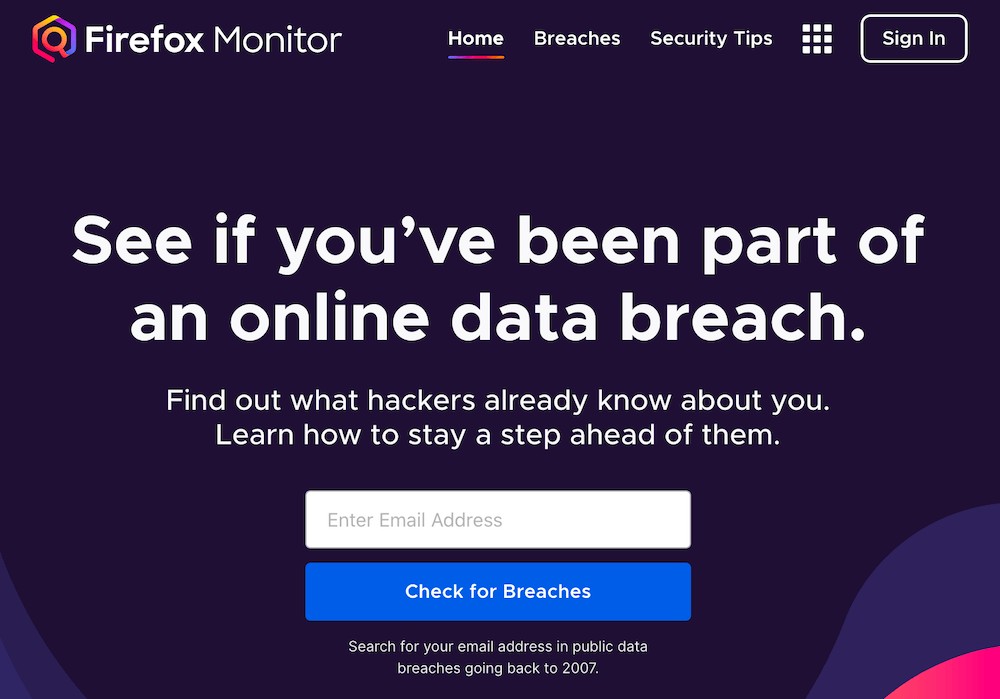
You simply enter your email address into the search box and click on Check for Breaches. It will now check to see if that address was included in any breaches and let you know.
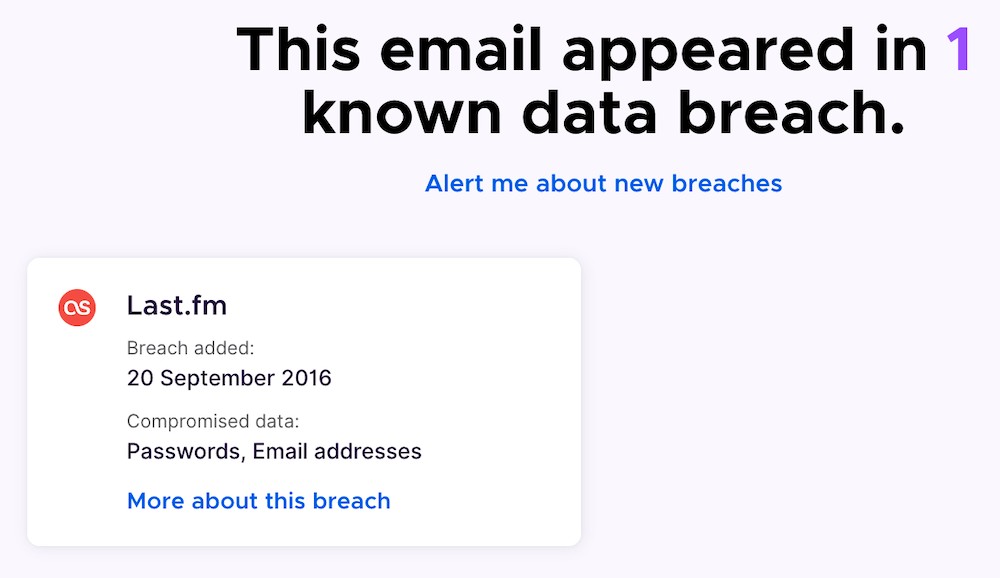
If you have appeared in any breaches, the most important thing to do is change the password for that account, make sure that the new password is secure and unique and that you haven't used that password anywhere else.
One of the biggest issues that can arise from a data breach like this is that hackers now have an email and password combination so they can try that combination on other websites. If you used the same email address and password combination for your email account, Facebook, Uber and Just-Eat (for example) a hacker could lock you out of your email account, order rides and food on your account and post all over your social media account. Because you're now locked out of your email account, you can't reset any of the passwords and could have a hard time getting this sorted out.
Ensuring that you have a unique password for each account solves this problem as if you are included in a data breach, hackers only have the password for that one account so the damage they can do is limited. Although having a different password for each account might seem overly complicated, using a password manager like 1Password or even the password manager built into most up to date browsers can help with his as they can suggest, store and auto fill-in the passwords for you. If you do use the password manager built into a web browser, make sure you set up an account in the browser to sync your passwords with iCloud, Google etc as this will protect you from losing your passwords if you replace your PC or lose access to the browser.
If the information you get back from Firefox Monitor indicates that any financial information might have been included in the breach. It would be a good idea to call your bank and alert them and also check your bank statements regularly to check for transactions that you don't recognise.
An extra step you can take to protect your accounts is to set up 2 Factor Authentication on all sites that support it. This means that you need an additional 6 digit code as well as your username and password before you can log into a website. With 2FA set up, even if a hacker gets your username and password, they still won't have the 2FA code so won't be able to access your accounts. We covered 2FA in more detail in a previous tip.
This should give you a good idea of what to do if you have been included in any data breaches, if you'd like more information about what you can do to ensure that your online accounts are as secure as possible, just get in touch.
If you suspect that your details have been included in a data breach, there are a couple of reputable websites that you can use to check. One of these is Firefox Monitor.

You simply enter your email address into the search box and click on Check for Breaches. It will now check to see if that address was included in any breaches and let you know.

If you have appeared in any breaches, the most important thing to do is change the password for that account, make sure that the new password is secure and unique and that you haven't used that password anywhere else.
One of the biggest issues that can arise from a data breach like this is that hackers now have an email and password combination so they can try that combination on other websites. If you used the same email address and password combination for your email account, Facebook, Uber and Just-Eat (for example) a hacker could lock you out of your email account, order rides and food on your account and post all over your social media account. Because you're now locked out of your email account, you can't reset any of the passwords and could have a hard time getting this sorted out.
Ensuring that you have a unique password for each account solves this problem as if you are included in a data breach, hackers only have the password for that one account so the damage they can do is limited. Although having a different password for each account might seem overly complicated, using a password manager like 1Password or even the password manager built into most up to date browsers can help with his as they can suggest, store and auto fill-in the passwords for you. If you do use the password manager built into a web browser, make sure you set up an account in the browser to sync your passwords with iCloud, Google etc as this will protect you from losing your passwords if you replace your PC or lose access to the browser.
If the information you get back from Firefox Monitor indicates that any financial information might have been included in the breach. It would be a good idea to call your bank and alert them and also check your bank statements regularly to check for transactions that you don't recognise.
An extra step you can take to protect your accounts is to set up 2 Factor Authentication on all sites that support it. This means that you need an additional 6 digit code as well as your username and password before you can log into a website. With 2FA set up, even if a hacker gets your username and password, they still won't have the 2FA code so won't be able to access your accounts. We covered 2FA in more detail in a previous tip.
This should give you a good idea of what to do if you have been included in any data breaches, if you'd like more information about what you can do to ensure that your online accounts are as secure as possible, just get in touch.
Featured Product

© 1994-2025 EuroSolve Ltd - Tekeez® is a registered trademark and brand of EuroSolve Ltd
0333 023 0001.
0333 023 0001.
Tekeez® Caerphilly:
Britannia House • Caerphilly Business Park • Van Road • Caerphilly • CF83 3GG
Tekeez® Oxford:
Prama House • 267 Banbury Road • Oxford • OX2 7HT








